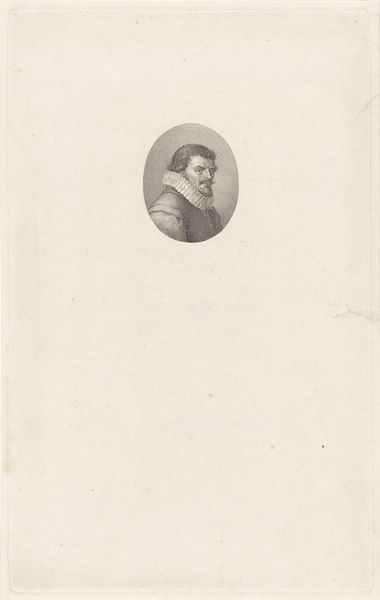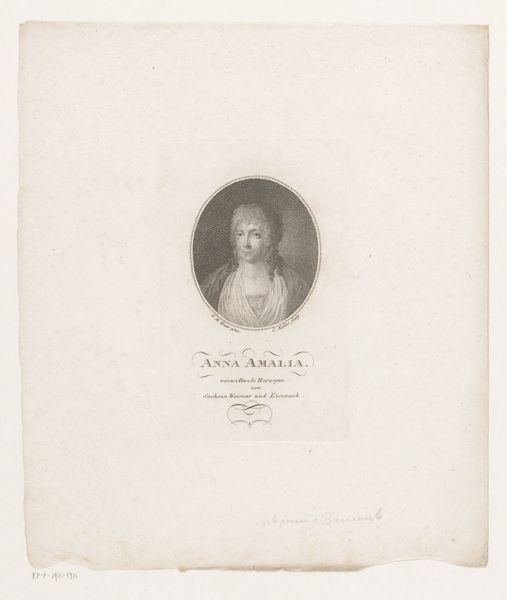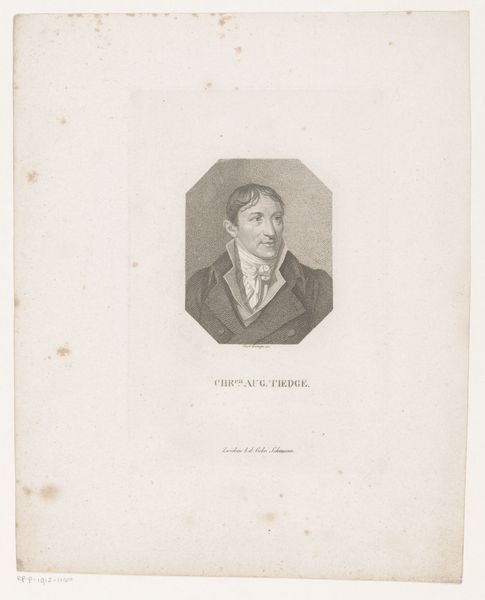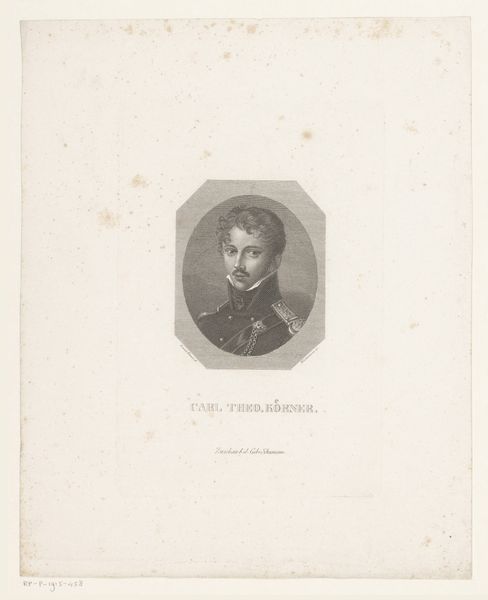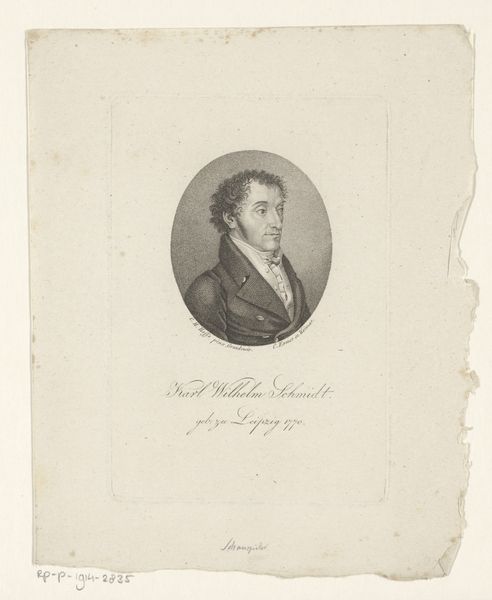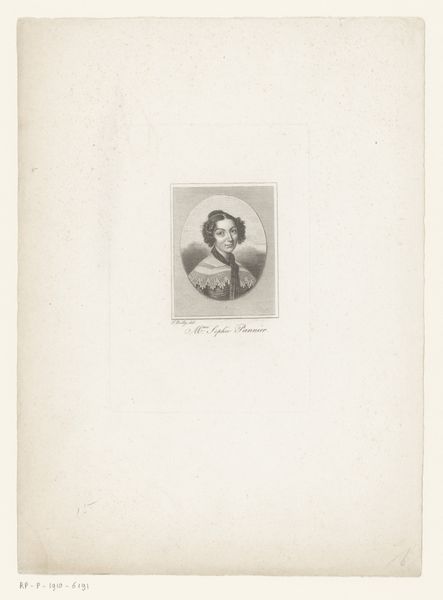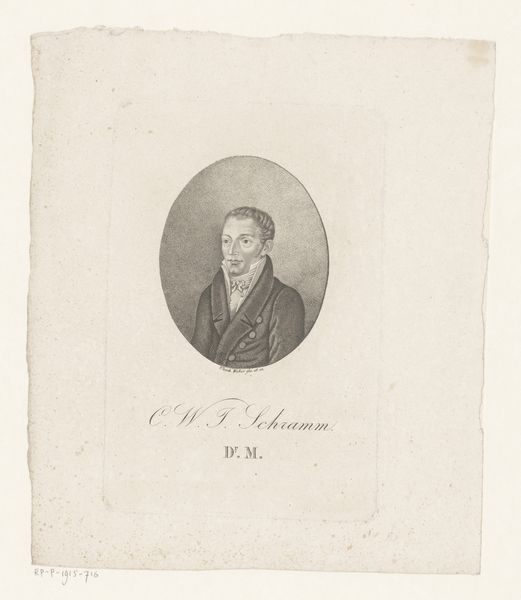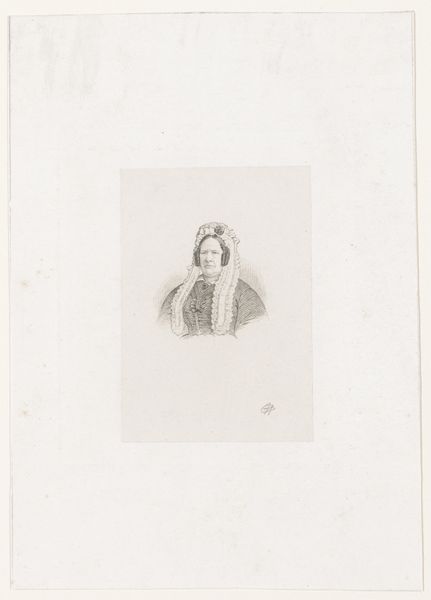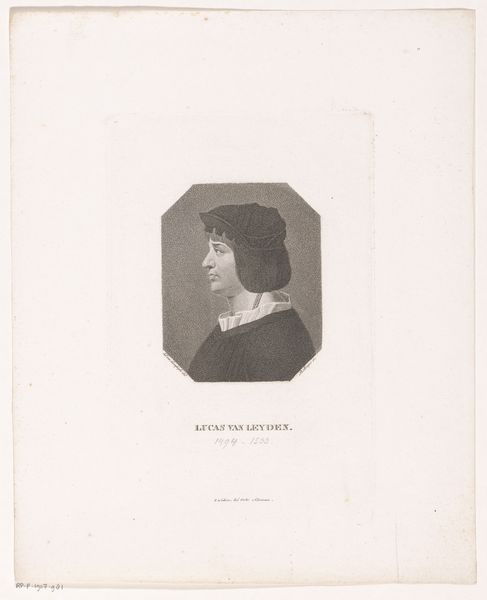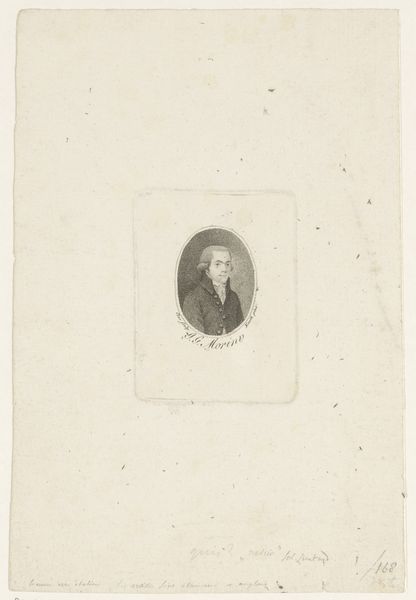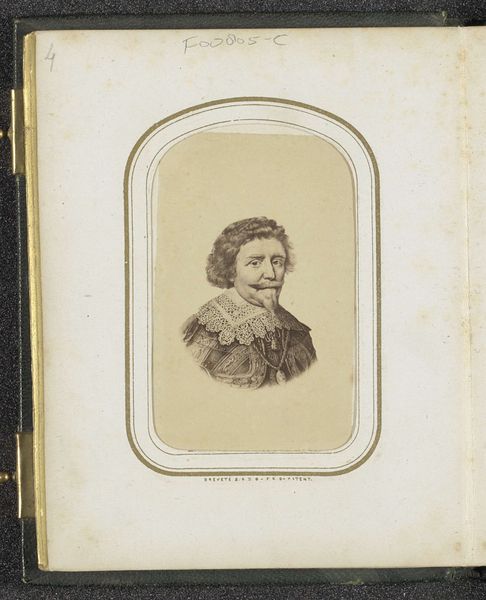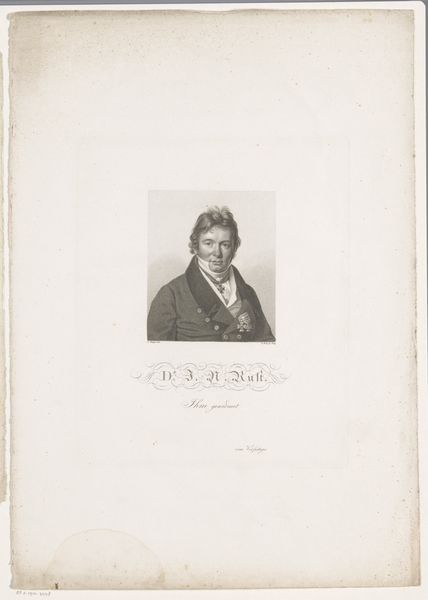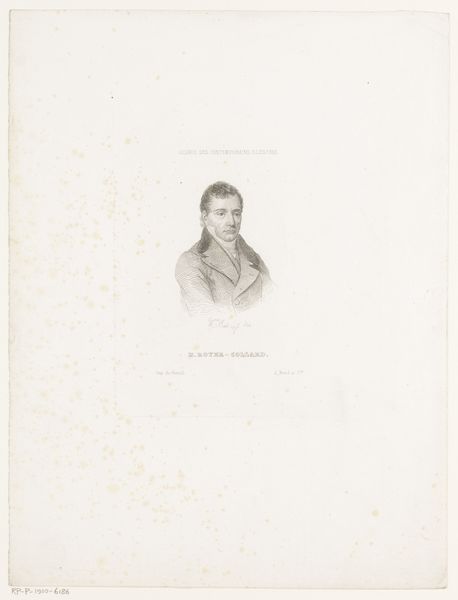
print, engraving
#
portrait
# print
#
line
#
history-painting
#
engraving
#
realism
Dimensions: height 185 mm, width 123 mm
Copyright: Rijks Museum: Open Domain
Editor: So, here we have a portrait of Francis Drake, created between 1818 and 1832 by Friedrich Wilhelm Bollinger. It's an engraving, a print. There's a certain… sternness to the depiction. How do you interpret this work, given the era in which it was created? Curator: What stands out is the way Bollinger chose to portray Drake, not as a swashbuckling adventurer, but with this almost bourgeois respectability. Look at the meticulous detail in the lace collar, for instance. This was produced during a period of intense nationalism, of romanticising historical figures to support contemporary political agendas. Who gets to be remembered as a hero and why? This is what Bollinger engages. Editor: That's a good point. So, it's not just a portrait; it's a commentary on how history is constructed and who benefits from that construction. How does it relate to contemporary debates on colonialism? Curator: Exactly! Drake, of course, was a key figure in England's colonial expansion, involved in acts of piracy and the slave trade. By presenting him in this respectable light, Bollinger might be subtly glossing over these darker aspects of his legacy, shaping Drake into a symbol of national pride and projecting this ideal on those who benefit the most of that construction. Do you see other potential agendas here? Editor: Well, looking closer, the gaze seems almost confrontational, not necessarily heroic. Perhaps a subtle challenge to this idealised vision? Curator: Precisely! The power dynamics at play. What it really leaves you with is a need for deeper digging, not accepting a seemingly 'objective' truth, as the artist questions it and, consequently, encourages us to question it as well. Editor: This has really made me reconsider how portraits function as both art and historical narratives. I'll never look at historical portraits the same way again! Curator: Absolutely. Art acts like a mirror, and the reflection it reveals of ourselves can truly take on new forms.
Comments
No comments
Be the first to comment and join the conversation on the ultimate creative platform.
